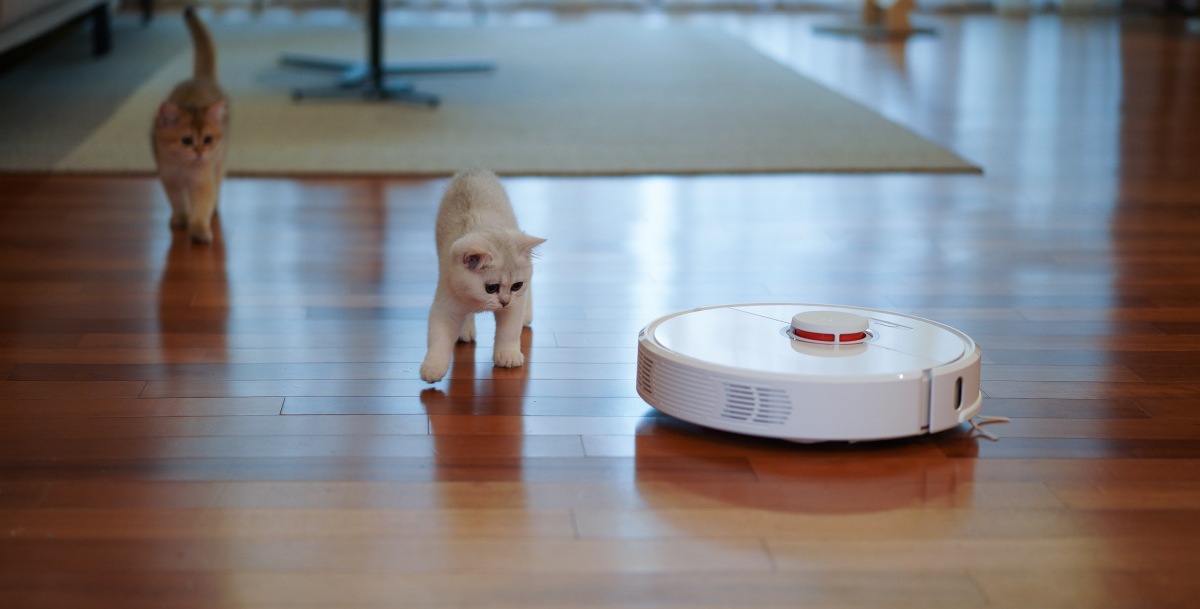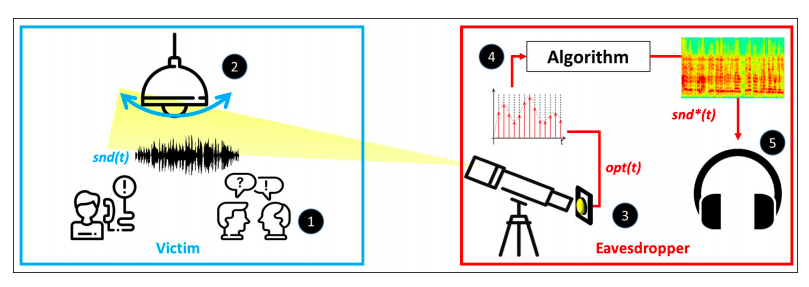
Scientists at the National University of Singapore have discovered a way to pick up sounds in a room using a robotic vacuum cleaner. At the same time, the vacuum cleaner, which was tested by experts, does not have a built-in microphone. The eavesdropping principle is somewhat different - a lidar is used instead of a microphone.

Lidar consists of two elements: a laser emitter and a receiver. Lidar measures the distance to objects with high precision using a laser beam. And, as it turned out, with the help of a laser, you can perfectly hear everything that is happening around the spy robot.
What is the essence of the experiment? The vacuum cleaner was installed next to the dustbin. Lidar was pointed at the bucket. An audio speaker was installed 20 cm from the bucket, which reproduced sound with a volume of about 70 dB. As a result of the use of specialized equipment, the researchers managed to not only eavesdrop on the sound. As it turned out, this technology allows:
- with 96% - to determine the gender of the speaker,
- from 91% - to restore the spoken numbers,
- from 90% - to identify music screensavers (chosen from 10 probable),
- from 67.5% - to identify the identity of people speaking in the room (also a sample of 10 possible).

How does lidar work ? How does the recording work? The lidar rotates at a frequency of 5 Hz and records 360 distance values per revolution. But this registration frequency is not enough. Scientists have modified the electrical circuit in the device block so that it records the distance without rotating. In such conditions, the recording frequency rises 360 times to 1.8 kHz.
What's next? The data is then filtered . They recognize empty fragments that remain when the beam does not return. They also reject low frequency noise and enhance low frequency sound. The resulting signal is processed by neural network algorithms.

A convolutional neural network assigns sounds to the classes it knows. The engineers trained her on an open base - Free Spoken Digit, as well as on their own selection of recordings of music screensavers from YouTube.
What other ways are there

Several years ago, scientists at the Massachusetts Institute of Technology demonstrated how you can restore sound in the most unexpected ways. In one case, a melody was restored from a houseplant. And in another experiment, they filmed and reconstructed the audio next to a packet of chips. It was possible to transform the sound using a high-speed camera: according to the changes in the pixels in the image of the object being shot.

In the summer of this year in Israel, scientists overheard a speech sounding in a house in real time, by vibrating a light bulb. The method was named Lamphone. This requires a telescope with a photodiode connected to it. The optical receiver converts the incident light into an electrical signal. Using the algorithm, the signal is converted into a speech spectrogram, from which the speech of the interlocutors is extracted.
